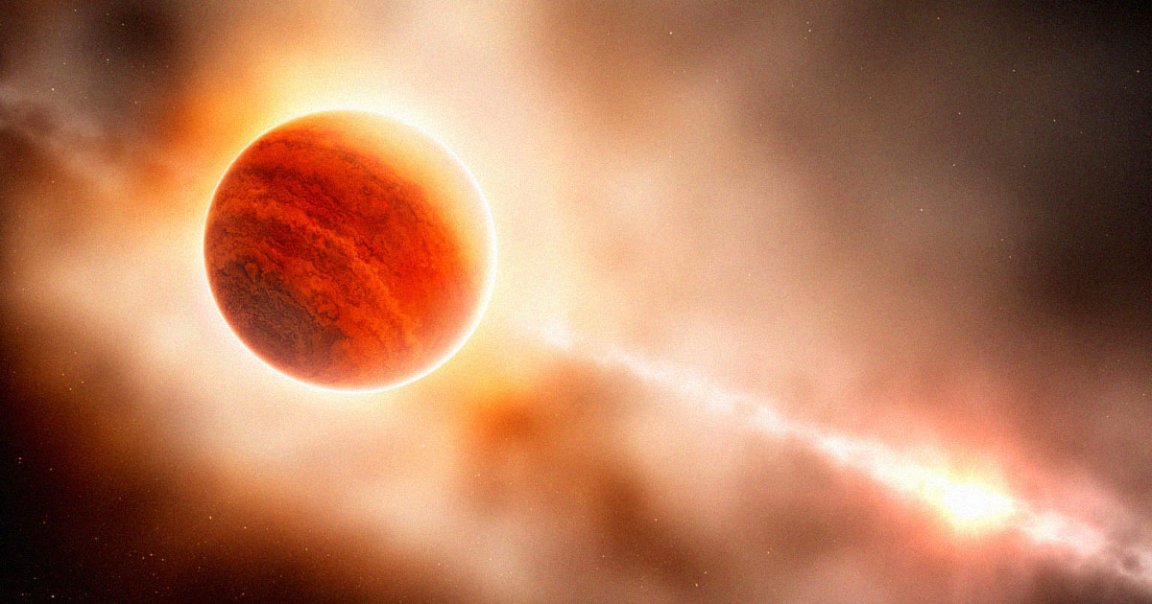
Big Planet, Tiny Star
A team of astronomers have spotted a gigantic, Jupiter-like world orbiting a relatively tiny star some 39 light-years away.
The star, called GJ 3512, is a red dwarf. That’s by far the most common type of star in the Milky Way — but the massive size of this one’s orbiting gas giant has astronomers surprised.
“It’s exciting because we’ve wondered for long a time whether giant planets like Jupiter and Saturn can form around such small stars,” Peter Wheatley, a professor at the University of Warwick in the UK, who was not involved with the latest study, told the BBC.
Gas Giants
The discovery was detailed in a paper published in the journal Science today.
The findings run against the widely-held theory of “core accretion”: that an orbiting planet grows by drawing gas from a surrounding disc of gas surrounding the star. This particular planet, however, wouldn’t have had enough gas to draw from.
“Instead, they consider it more likely that the planet formed suddenly when part of the disc collapsed due to its own gravity,” Wheatley told the BBC.
Super-Earth
What makes this case even more unusual is its relative size. The difference between the Jupiter-like object’s and its star’s size is much smaller than the difference between the Sun and Jupiter.
The star is only 270 times more massive than the planet, whereas the Sun is 1,050 times more massive than Jupiter, as the BBC points out.
READ MORE: Giant planet around tiny star ‘should not exist’ [BBC]
More on gas giants: Scientists Spot Distant Gas Giant Still Forming New Moons